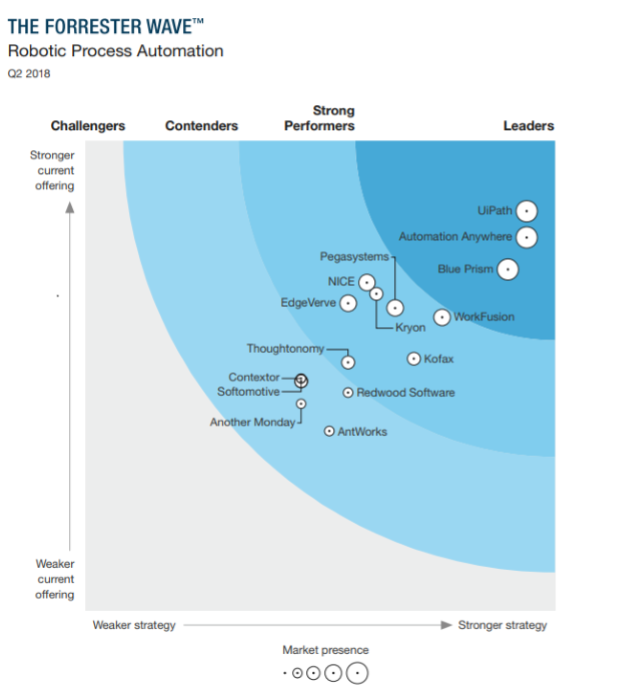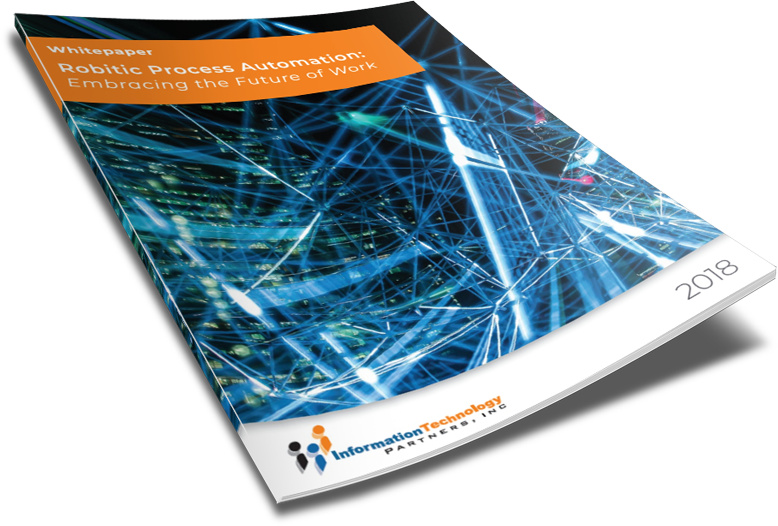TAKE NOTE (Insights and Emerging Technology)

Over the last few months, we have seen so many questions on getting and keeping security clearances, we decided to publish this re-post from clearancejobs.com
A security clearance really refers to eligibility to access classified information – and you can’t get a clearance (or access) on your own. In order to obtain a security clearance, you must first obtain a job that requires one. Your employer – either the federal government or a government contractor – will walk you through the process of obtaining a clearance, after they’ve decided they want you for the job. Step one – find a job. Step two, obtain a clearance.
Types of Security Clearance
There are three main types of security clearance:
- Confidential
- Secret
- Top Secret
The government recently updated the process for obtaining a security clearance. The Federal Investigative Standards now include a tiered system:

Who Can Get a Security Clearance
To obtain a security clearance you must be sponsored by a government agency for a position which requires access to classified information. You must be a U.S. citizen to obtain a security clearance.
Many individuals are under the false impression they get to “keep” their clearance after they separate from military service or leave a cleared job. It’s important to note that at any time, a clearance is under the purview of the government. And what the government giveth, the government may take away. Policy dictates that a clearance is ‘current’ for a period of two years after leaving service. If you move out of a cleared job and into another within that period, your clearance can be easily reinstated – assuming your investigation hasn’t expired.
How to Obtain a Security Clearance
UNDER DEVELOPMENT (Insights for Developers)
An Introduction to ABAP Unit – Part 2
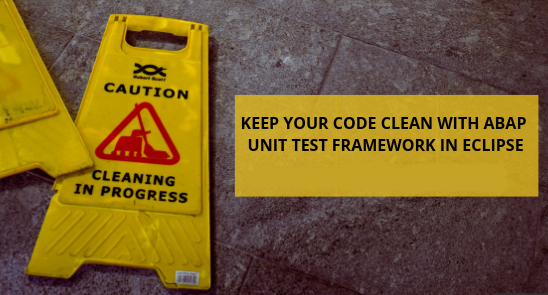
Using ABAP UNIT – Decoupling The Code from Data
As developers, we have all run into a situation where the code we are writing or changing is the easy part, but the unit test is anything but easy. Recently I made a change to a program which was straight forward, but to test I had to create a sales order, then a credit memo, then a billing document, rinse, repeat. I understand that all these scenarios should be tested, but in development it can be challenging with missing our corrupt data. With ABAP Unit test you can test all your code without having to depend upon the data.
One of the many goals of ABAP Unit is to separate the code from the database, or external calls. Writing your code so that you can use ABAP unit techniques allows you to test all the possible scenarios and not worry or be dependent upon the data in the system you are developing in. But in order to do this, it really does take a different approach to development. You need to plan out your logic, separate selects and function calls, putting them in their own class. Our goal is not to test the data in the system but rather the code you are writing and how it handles different values based upon your functional requirements.
ABAP UNIT Techniques for Testing without Data
For this example we will use transparent table SFLIGHT as our database table. Let’s say the requirement is to populate a value based on the type of plane selected from SFLIGHT. First, I create a class that is going to contain all of my selects or external calls. The trick is to not make it final so that we can redefine the method for our ABAP unit test.
Simple class to do all my external data retrieval or function calls.
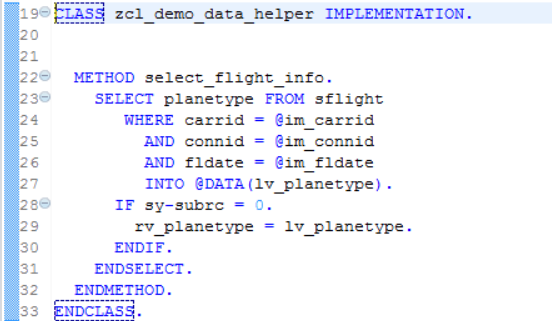
In the definition of the above data retrieval class, I need to define the main logic class as a friend.
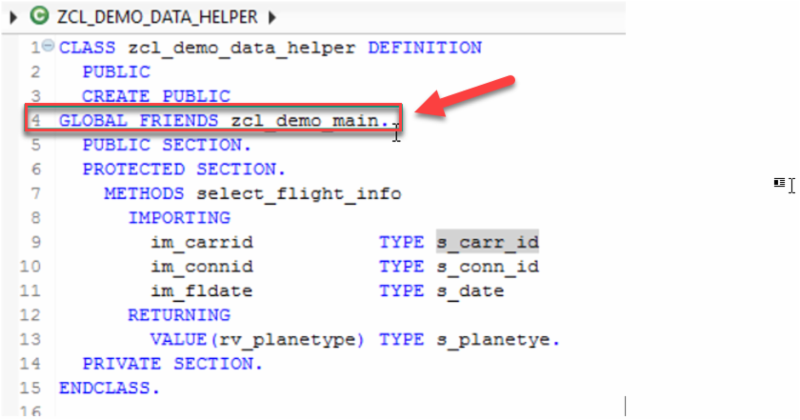
In the main class that calls ZCL_DEMO_DATA_HELPER, I need to create a constructor method that has an optional parameter as a reference to ZCL_DEMO_DATA_HELPER.
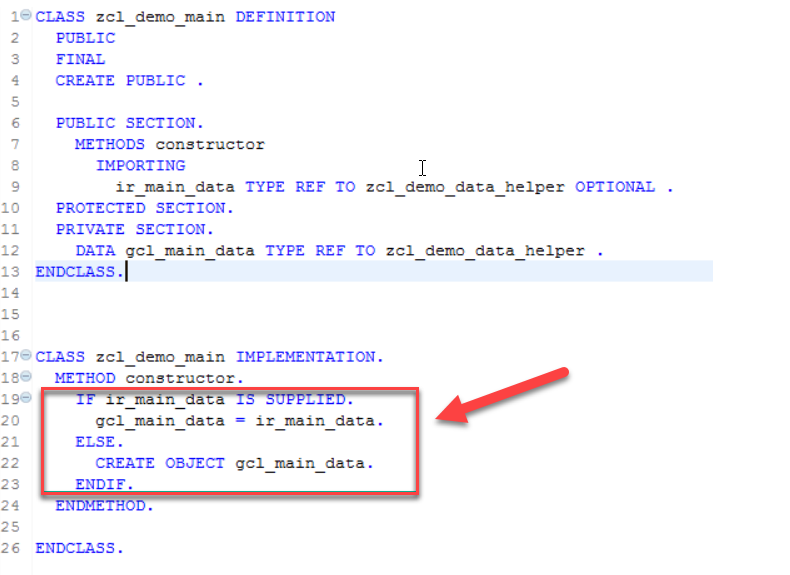
This optional parameter will only be populated when you are running your ABAP unit test. So, when it is running as an application it will create the object as a reference to your data class you are calling…
Interested in learning more about Robotics Process Automation? Download our FREE White Paper on “Embracing the Future of Work”
Q&A (Post your questions and get the answers you need)

Q. What is RPA? Can it work with SAP?
A. Put simply, RPA (Robotic Process Automation) describes a software development toolkit that allows non-engineers to quickly create software robots (commonly known as “bots”) to automate rules-driven business processes by replacing human effort to complete tasks. Software bots mimic human activities such as logging into IT systems and copying and pasting data across systems. Unlike other automation solutions, RPA generally requires minimal integration with the existing IT solution.
RPA deals with discreet, repetitive tasks. These tasks typically occur at the start of a process, so RPA can play a significant role in automating these. SAP is end-to-end, so while RPA can be part of a SAP process approach, it will not replace SAP. Robotic Process Automation is just one automation tool that can play a role in a larger automation/improvement strategy.
Where do you start? Not all processes are created equal, and good candidates share some common characteristics. When identifying opportunities for automation, look for processes that:
- Require manual interaction with one or more IT systems or applications
- Are repetitive
- Occur with significant frequency
- Include activities that are logic and rules based
- Are prone to human error
- Leverage structured data and formats
- Could be performed after-hours
- Are time-consuming to perform
For Vendor’s, see the product marketplace represented in the Forrester Wave below
